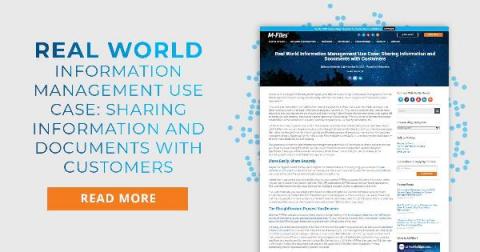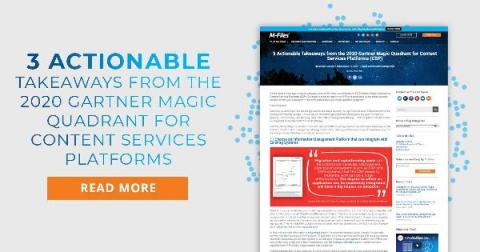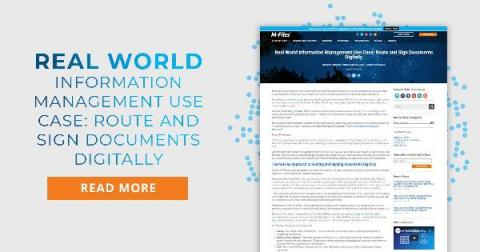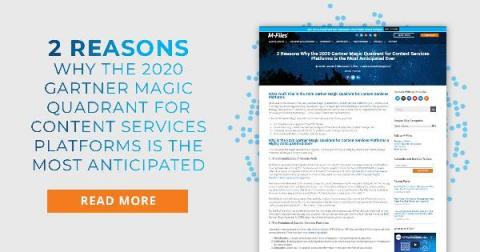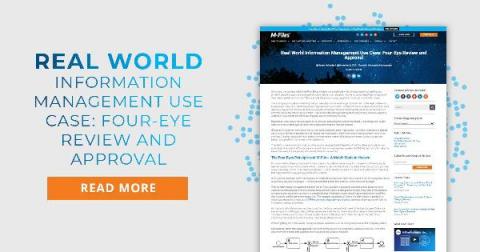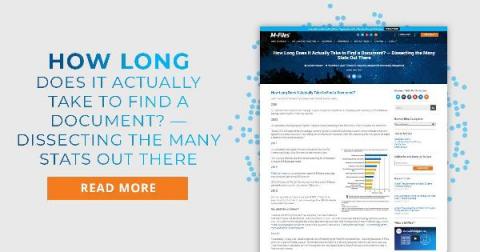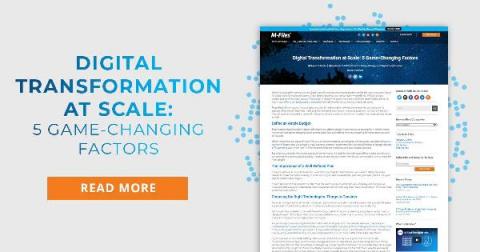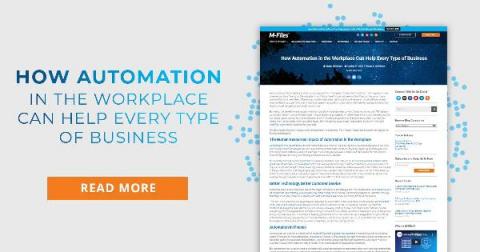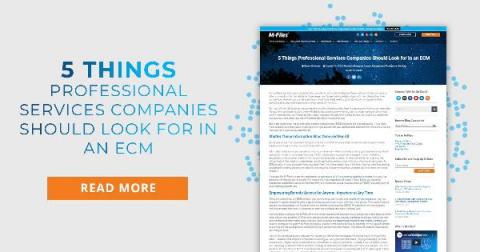Real World Information Management Use Case: Sharing Information and Documents with Customers
Thanks in no small part to the fast-paced digital world that we’re now living in, companies of all types NEED to be able to share information quickly and efficiently with their customers. It’s no longer a recommendation, but a requirement.


